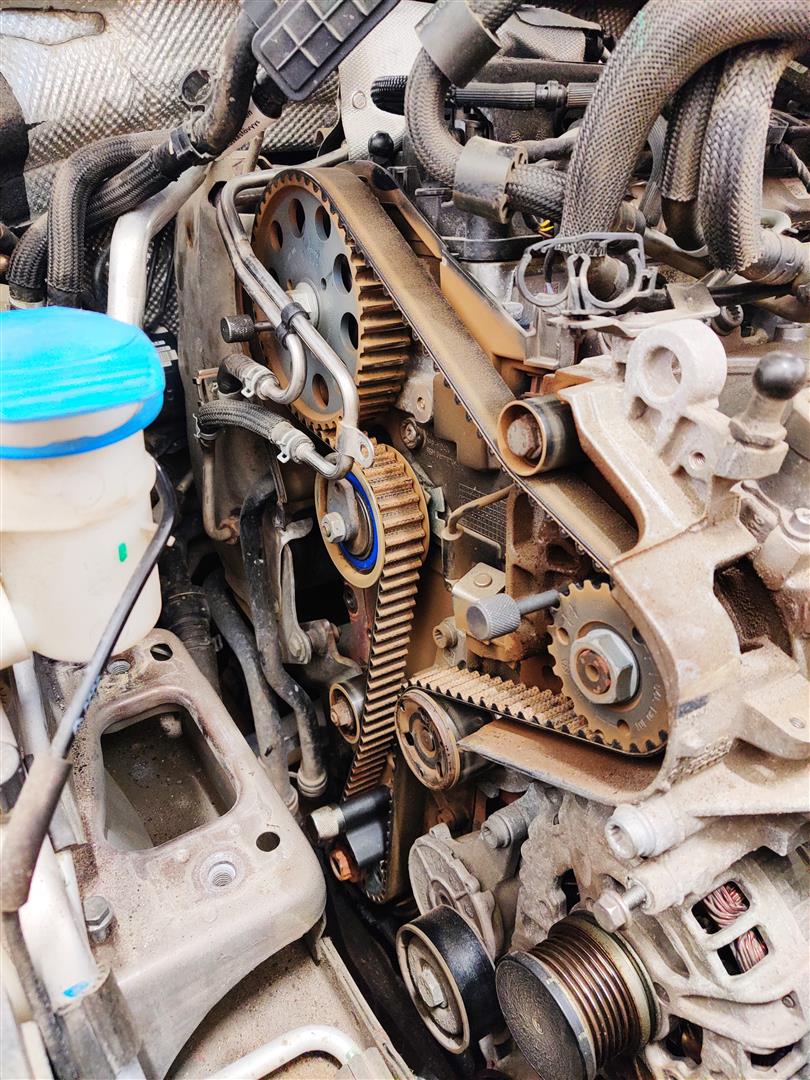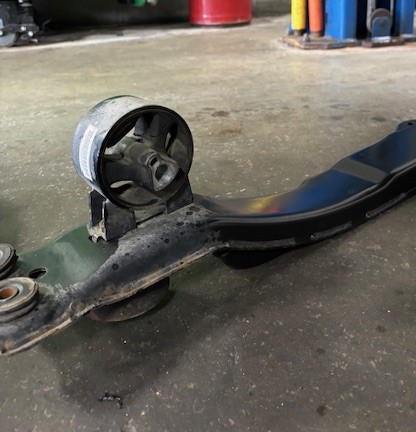Posted on 1/14/2025

The timing belt is one of the most critical components in your Honda Odyssey’s engine. It synchronizes the rotation of the crankshaft and camshaft, ensuring the engine’s valves open and close at the right time. Over time, the timing belt can wear out or degrade, and if it fails, it can lead to severe engine damage. Here’s everything you need to know about replacing the timing belt in your Honda Odyssey. When Should You Replace the Timing Belt? Honda recommends replacing the timing belt in most Odyssey models every 60,000 to 100,000 miles, depending on the year and driving conditions. Check your owner’s manual for the specific maintenance schedule for your vehicle. Additionally, replace the timing belt sooner if: You notice cracking, fraying, or glazing on the belt. Most cases the timing belt is not visible with out removing the timing cover. You hear a ticking noise coming from the engine. Coolant leaking from the water pump ... read more
Posted on 12/4/2024

When it comes to vehicle maintenance, replacing the timing belt is one of the most critical services to keep your engine running smoothly. This essential component coordinates the rotation of the crankshaft and camshaft, ensuring your engine’s valves open and close at the right time. Neglecting to replace a worn timing belt can result in catastrophic engine damage, costing thousands in repairs. Why Timing Belt Replacement Is Crucial Timing belts are made of reinforced rubber, but over time, they wear down due to heat, tension, and mileage. A snapped timing belt can lead to severe damage, especially in interference engines, where the pistons and valves occupy the same space. If the belt breaks, these parts collide, often resulting in bent valves, damaged pistons, and a ruined engine. Replacing your timing belt at the manufacturer-recommended interval (typically every 60,000 to 100,000 miles) can save you from costly repairs and keep your car running reliably ... read more
Posted on 11/6/2024

Timing chains are a critical part of a vehicle's engine, responsible for synchronizing the camshaft and crankshaft to ensure smooth engine operation. When working properly, they help maintain optimal engine performance and longevity. However, Ford owners may be all too familiar with timing chain problems, which have affected certain models and years over time. Here, we’ll dive into the timing chain issues that have impacted Ford vehicles, detailing what years were affected and what problems drivers may face. What is a Timing Chain, and Why is It Important? A timing chain is a metal chain that connects the crankshaft and camshaft, enabling them to move in perfect harmony. Unlike timing belts, chains are designed to last much longer—often the life of the engine itself. However, when a timing chain fails or starts to wear out prematurely, it can lead to serious engine issues or even complete failure. Common Problems with Ford Timing Chains ... read more
Posted on 10/17/2024

Experiencing vibrations in the engine bay can be alarming and uncomfortable, often pointing to underlying issues that need attention. Addressing engine vibrations early is essential to keep your vehicle running smoothly and to avoid further damage. By understanding the causes of these vibrations and using solutions like dynamic engine mounts, you can reduce vibration and enhance your driving experience. Common Causes of Engine Bay Vibration Vibrations in the engine bay can stem from several common sources: Worn or Failing Engine Mounts: Engine mounts are designed to secure the engine in place and absorb vibrations. Over time, these mounts wear down, allowing excess movement and increased vibrations in the cabin. Misfiring Engine Cylinders: A misfiring cylinder can cause uneven power delivery, resulting in noticeable vibrations, especially during acceleration or whe ... read more
Posted on 2/7/2024

Replacement of the timing belt has been advised within a service interval typically falling between 60,000 and 90,000 miles. While many manufacturers have transitioned to using timing chain systems, some still employ timing belts. It is crucial to adhere to the recommended mileage interval for timing belt replacement, especially considering whether your engine is of the interference or non-interference type. The terms "interference" and "non-interference" refer to the design characteristics of an internal combustion engine, specifically in relation to the timing components and their potential impact on the engine's operation in the event of a timing belt or chain failure. Interference Engines: In an interference engine, the timing belt or chain controls the opening and closing of the engine's valves in synchronization with the movement of the pistons. If the timing belt or chain were to fail or break, there's a risk that the p ... read more